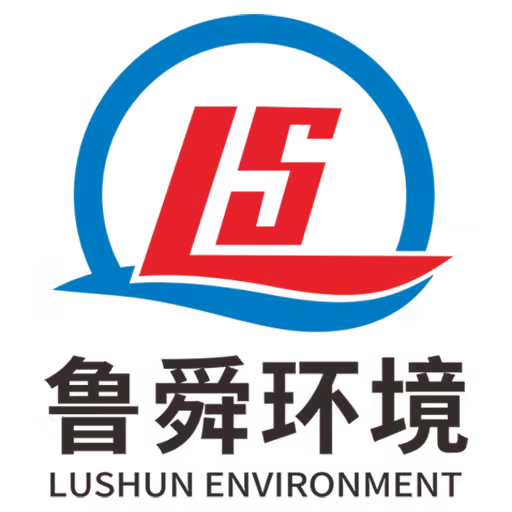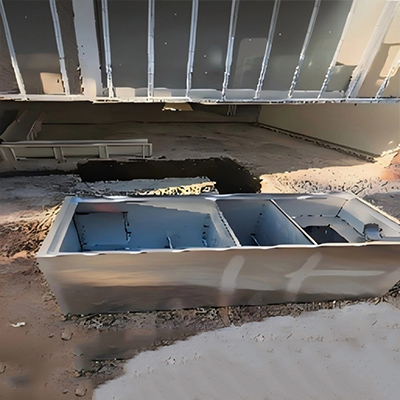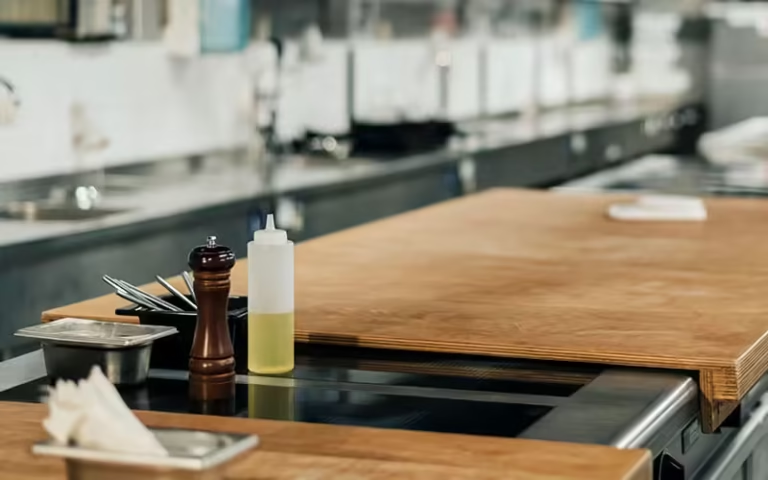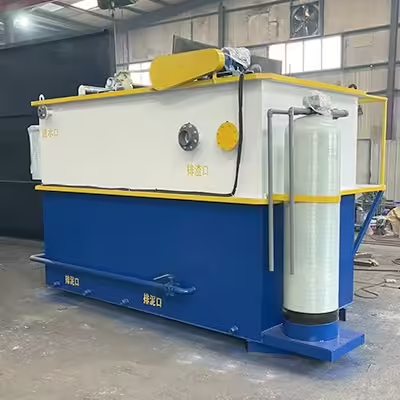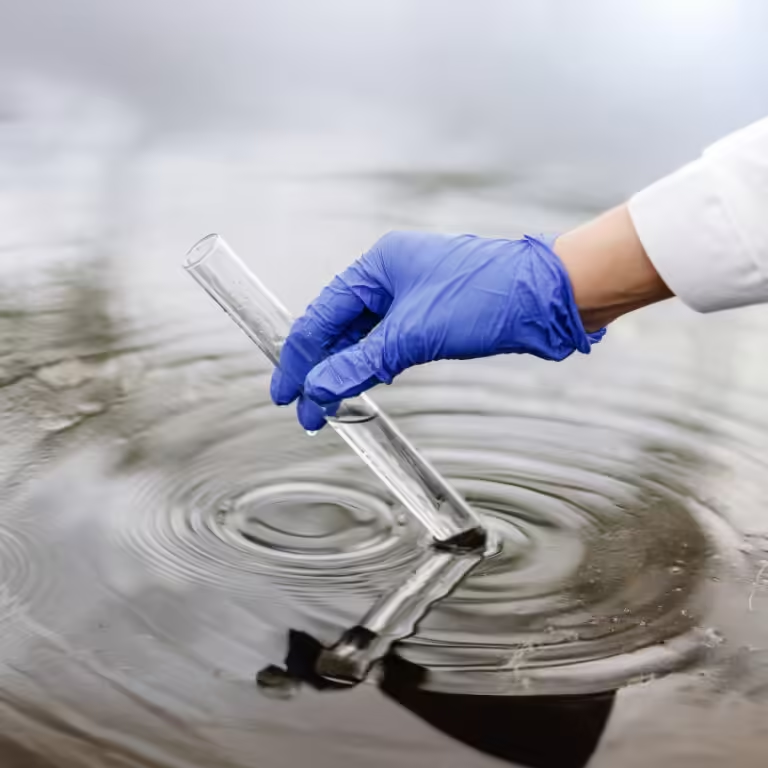Welcome to My Blog! 🌟
I’m so glad you’re here! Before we jump into the exciting content, I’d love for you to connect with me on my social media platforms. It’s where I share extra insights, interact with our amazing community, and post regular updates. Here’s how you can join the conversation:
📘 Facebook: Follow me on Facebook for more updates
Now, let’s dive into the journey ahead. I hope you find everything here both engaging and valuable. Together, let’s explore, learn, and grow! 🚀
Table of Contents
Introduction

In modern industrial operations, efficient oily wastewater treatment is not just a regulatory requirement—it’s a strategic necessity. Whether you’re operating in the automotive, marine, food processing, or petrochemical industry, the ability to manage oily wastewater effectively can significantly impact operational costs, environmental compliance, and sustainability goals.
Investing in the right oily wastewater treatment equipment is a complex task that involves understanding the nature of contaminants, evaluating treatment technologies, and assessing supplier reliability. With rising environmental awareness and tightening discharge standards, selecting high-performance, cost-effective equipment has never been more critical.
This guide presents 8 essential tips that every procurement manager, engineer, or facility operator must consider before purchasing oily wastewater treatment systems. These insights will help ensure optimal efficiency, longevity, and environmental responsibility.
Tip 1: Understand Your Wastewater Composition
Before choosing equipment, you must first analyze the characteristics of your oily wastewater. Each industry produces different types of oil-laden wastewater—some may have high concentrations of free-floating oil, while others might contain emulsified or dissolved oils.
Key Factors to Assess:
- Type and concentration of oils (free, emulsified, dissolved)
- Presence of other contaminants (heavy metals, detergents, solids)
- pH levels and temperature range
By understanding these variables, you can determine the most suitable oily wastewater treatment method—whether it’s gravity separation, flotation, filtration, or chemical treatment.
Tip 2: Compare Oily Wastewater Treatment Technologies
There are several treatment technologies available, and selecting the right one depends on your wastewater profile, flow rates, and regulatory targets.
Here’s a table to help compare common oily wastewater treatment technologies:
| Technology Type | Suitable Oil Type | Efficiency (%) | Maintenance Needs | Typical Industries |
|---|---|---|---|---|
| Gravity Separation | Free-floating oils | 60–80 | Low | Petrochemical, marine |
| Dissolved Air Flotation | Emulsified & free oils | 80–98 | Moderate | Food processing, oil & gas |
| Coalescing Filters | Free-floating, some emuls | 70–90 | Low | Automotive, machine shops |
| Ultrafiltration | Emulsified & dissolved | 90–99 | High | Chemical, metal finishing |
| Chemical Treatment | Emulsified oils | 85–95 | High | Refinery, textile |
Choosing the right system based on this comparison can help prevent system overload, ensure better effluent quality, and reduce long-term operating costs.
Tip 3: Ensure Regulatory Compliance
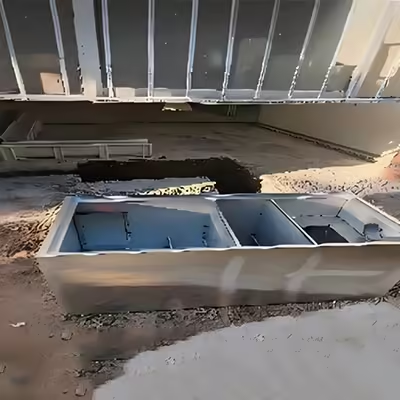
Every country or region has specific environmental regulations regarding the discharge of oily wastewater. Failing to meet these standards can lead to heavy penalties, operational shutdowns, or even legal action.
Make sure your chosen oily wastewater treatment equipment meets the local standards for:
- Oil and grease concentration limits (e.g., <15 ppm)
- Total suspended solids (TSS)
- Chemical oxygen demand (COD)
- Biological oxygen demand (BOD)
Check if the equipment has been tested under real-world conditions and validated for performance according to ISO, EPA, or equivalent certifications.
Tip 4: Evaluate Total Lifecycle Costs
Initial purchase price is only part of the equation. A smart buyer considers the total lifecycle cost, including:
- Installation and commissioning
- Maintenance and consumables
- Energy usage
- Downtime risks and repair costs
Low-cost systems may save money upfront but end up costing more in the long run due to frequent breakdowns, low efficiency, or high energy consumption. Oily wastewater treatment should be viewed as a long-term investment.
Tip 5: Look for Customization Capabilities
Every facility has unique constraints—limited floor space, variable inflow rates, or integration needs with existing treatment lines. A good manufacturer or supplier should be able to tailor oily wastewater treatment solutions to your needs.
Customizable Features May Include:
- Flow rate scaling (e.g., from 5 m3/h to 100 m3/h)
- Modular skid-mounted designs
- Automated pH and oil concentration monitoring
- Remote monitoring and data logging
Discuss these options upfront to ensure seamless operation and reduce retrofitting costs later.
Tip 6: Check Supplier Reputation and Support
The quality of oily wastewater treatment equipment depends not only on engineering but also on after-sales support. Choose a supplier with a proven track record, strong client base, and responsive technical service.
Questions to Ask:
- Do they offer on-site installation and training?
- Is there a local service center or support team?
- What is the average response time for troubleshooting?
- Can they provide references from similar industries?
Reading case studies or visiting an installation site can further confirm their credibility.
Tip 7: Plan for Maintenance and Spare Parts

Reliable oily wastewater treatment systems are designed for ease of maintenance. Still, proactive maintenance planning is essential to prevent downtime.
Ensure the following:
- The system uses standard, readily available parts
- Maintenance manuals and training are provided
- The design allows easy access to filters, pumps, and sensors
- Long-term spare parts availability is guaranteed
Preventive maintenance schedules should be integrated into your facility management program.
Tip 8: Consider Automation and Smart Features
Modern oily wastewater treatment systems increasingly feature smart automation, which minimizes manual intervention and improves performance.
Recommended Features:
- Real-time monitoring of oil concentration
- Automated sludge removal systems
- Remote alerts for pressure, temperature, or flow abnormalities
- Cloud-based system analytics for predictive maintenance
These features improve safety, reduce labor, and optimize operational efficiency—particularly for facilities operating 24/7 or with multiple shifts.
Conclusion
Selecting the right oily wastewater treatment equipment is a critical business decision with long-term environmental and financial implications. By following these 8 must-know tips—understanding your wastewater, evaluating technologies, checking compliance, and ensuring reliable supplier support—you can avoid costly mistakes and maximize treatment efficiency.
A well-planned investment today can prevent regulatory fines, reduce operational risks, and support your company’s sustainability goals for years to come.
FAQ
What is the most effective oily wastewater treatment method?
There’s no one-size-fits-all answer. For free-floating oils, gravity separation or coalescing filters may suffice. For emulsified oils, dissolved air flotation or ultrafiltration is often more effective.
How do I know if I need chemical treatment?
If your oily wastewater contains high levels of emulsified oil that cannot be removed via physical separation, chemical treatment may be required. A lab analysis is necessary.
Can oily wastewater treatment systems be scaled?
Yes. Many systems are modular and can be scaled up or down depending on your facility’s flow rate and future expansion plans.
Are there portable oily wastewater treatment units?
Yes. Skid-mounted or containerized systems are available for temporary operations, remote sites, or pilot testing.
How often should oily wastewater systems be maintained?
Routine maintenance like filter cleaning, pump checks, and calibration should be done monthly or quarterly, depending on system usage and manufacturer guidelines.
